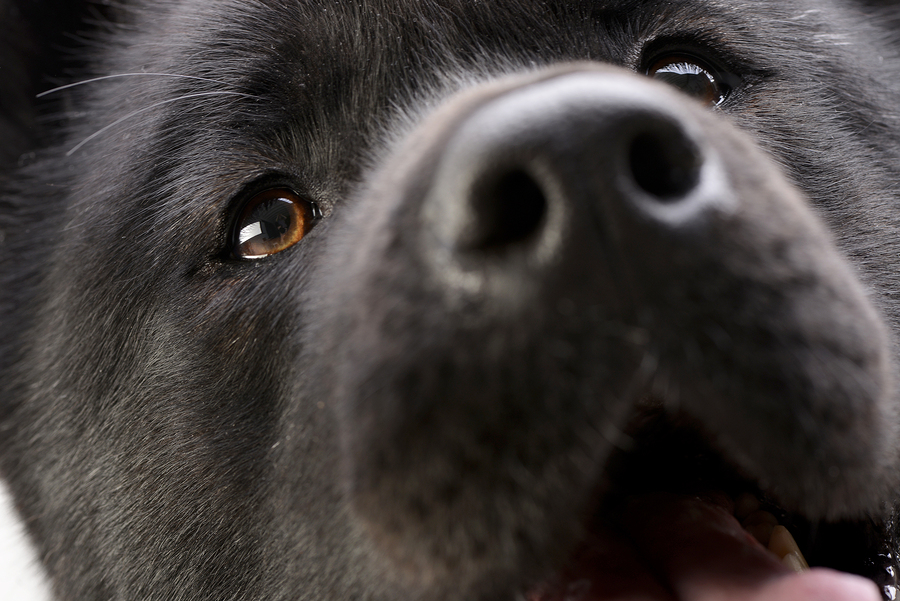
Consider Lyme disease. While we as well as our clients may be reluctant to add another injection to a dog’s prevention program, new information about Lyme disease’s risks, transmission, and prevalence provides a compelling reason to reconsider that reluctance. What information do we need to balance those risks with the benefit of prevention?
The risk of Lyme disease is increasing, changing, and spreading.
It’s important to understand that what we know about the risk of Lyme disease may be outdated. There is increasing evidence the risks of Lyme disease continue to expand for both people and dogs in the U.S. The CDC reports that vector-borne disease has more than doubled from 2004 to 2016. Of this, human Lyme disease accounts for 82 percent. Additionally, during this period, nine new vector-borne diseases were first observed in the U.S.1
The risk to dogs is also increasing in areas not normally considered at-risk for Lyme disease. According to the Companion Animal Parasite Council (CAPC), while the Northeastern states, upper Midwest, and Pacific Northwest still have the majority of canine Lyme cases, dogs exposed to Borrelia burgdorferi continue to be discovered outside of those areas. Their biggest areas of concern for increases in canine Lyme disease in 2019 include eastern Pennsylvania, eastern Ohio and Kentucky, West Virginia, western Virginia and North Carolina. Northwestern Minnesota and some areas in Indiana are also expected to see higher than average seroprevalence in 2019.
Other longstanding beliefs about transmission may now be outdated. For instance, many of us think the risk of disease transmission from exposure to the Lyme disease tick vector I. scapularis is greatest in the spring, but the CDC says the risk of exposure to these ticks is really greatest throughout spring, summer, and fall. In addition, adult ticks can be active at any time of the year when the temperature is above freezing.3
Consider the critical role of the veterinarian.
It’s easy to see that Lyme disease prevention is a critical issue to raise with clients, and one that requires the expertise of a veterinarian. There is no replacing the combination of client education about the disease and exposure risk reduction and proper vector control, including systemic or topical insecticides and vaccination. But some Fear Free veterinarians are hesitant to add a Lyme vaccine to their protocols, thinking it means yet another needle stick and more vaccine volume administered. The good news for Fear Free Certified practitioners is that, for the majority of your patients, you can add a Lyme vaccine without adding needle sticks or more volume.
For example, dogs needing only a Lyme vaccine can receive Elanco’s TruCan™ Ultra Lyme. TruCan™ Ultra Lyme has only half the volume of most vaccines. While half the volume may not seem like a big deal to you, clients interested in Fear Free techniques will appreciate a reduced-volume vaccine. Let them know you have a Lyme vaccine that offers the same protection but with half the dose volume.
Elanco has options for dogs who need distemper and parvo protection as well as those at risk of Leptospiroris, another disease with changing risk. TruCan™ Lyme L-4 + TruCan™ DAPPi+Lyme L-4, and TruCan™ DAPPi+Lyme CL-4 all provide protection with one needle stick and the same vaccine volume as a 4-way Lepto-only vaccine.
TruCan, Elanco, and the diagonal bar logo are trademarks of Elanco or its affiliates.
©2023 Elanco or its affiliates. PM-US-23-0569
References
-
- 1 Rosenberg, R. Et al. Vital Signs: Trends in Reported Vector Borne Disease Cases US and Territories 2004-2016. MMR Weekly 67 (17) May 4 2018.
2 Yabsley, M. Despite the Availability of Preventative Measures—the Risk of Vector-Borne Disease Remains High in 2019. CAPC website accessed on 16 May 2019 at https://capcvet.org/articles/despite-the-availability-of-preventative-measures-the-risk-of-vector-borne-disease-remains-high./ - 3 CDC accessed Geographic distribution of ticks that bite humans. Accessed at:https://www.cdc.gov/ticks/geographic_distribution.html
- 1 Rosenberg, R. Et al. Vital Signs: Trends in Reported Vector Borne Disease Cases US and Territories 2004-2016. MMR Weekly 67 (17) May 4 2018.
This article is brought to you in collaboration with our friends at Elanco.

 This article is brought to you in collaboration with our friends at
This article is brought to you in collaboration with our friends at